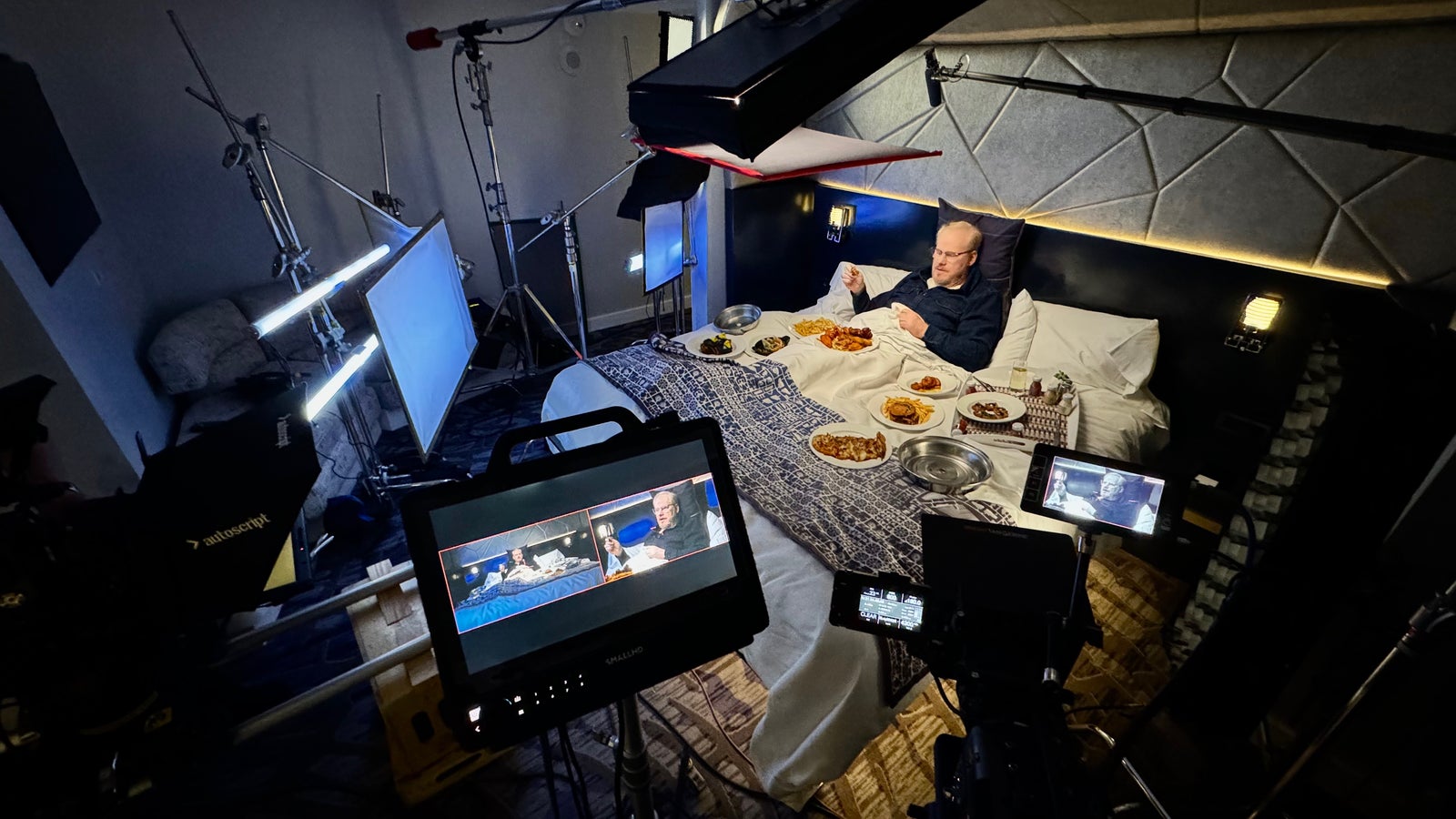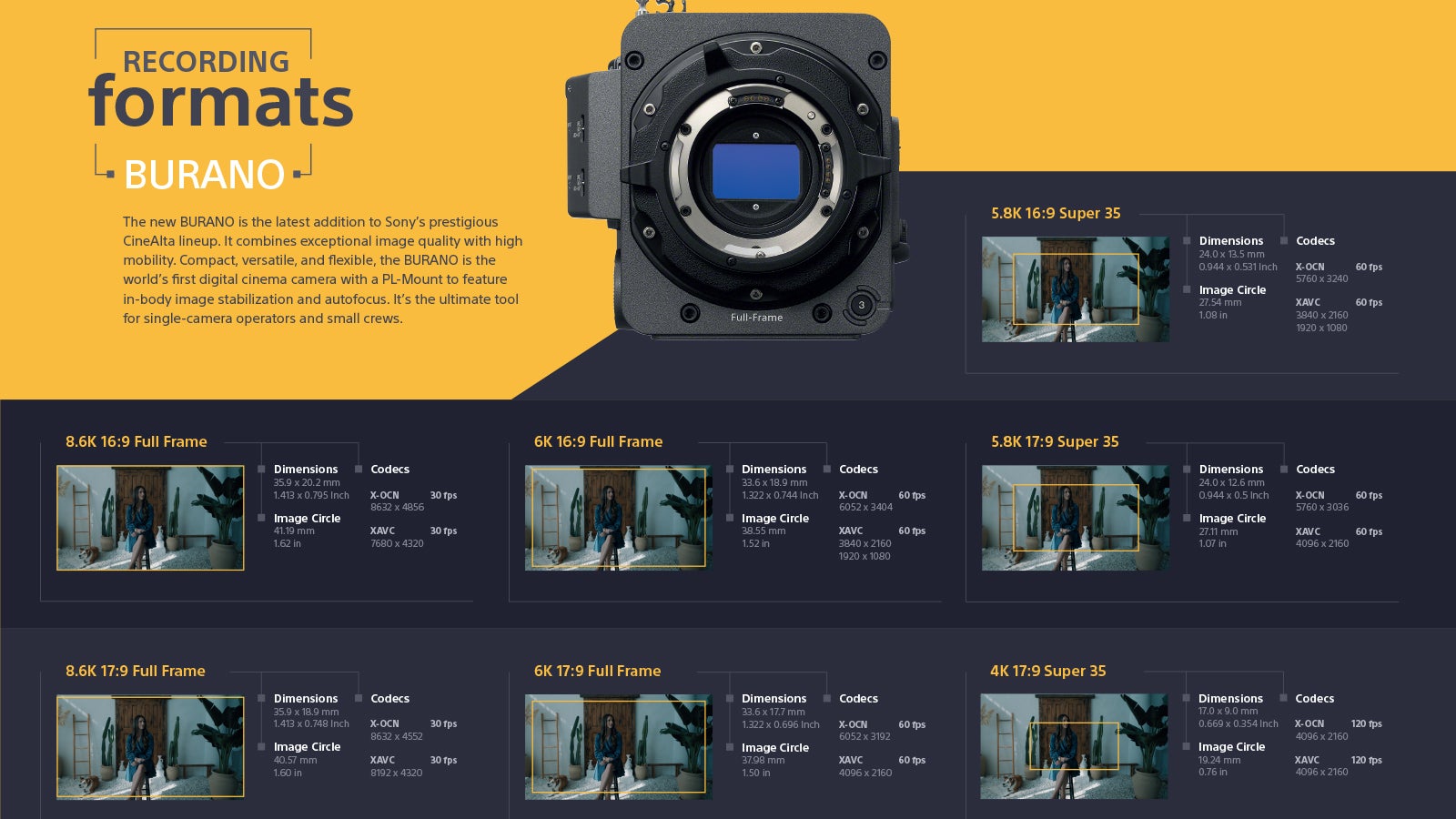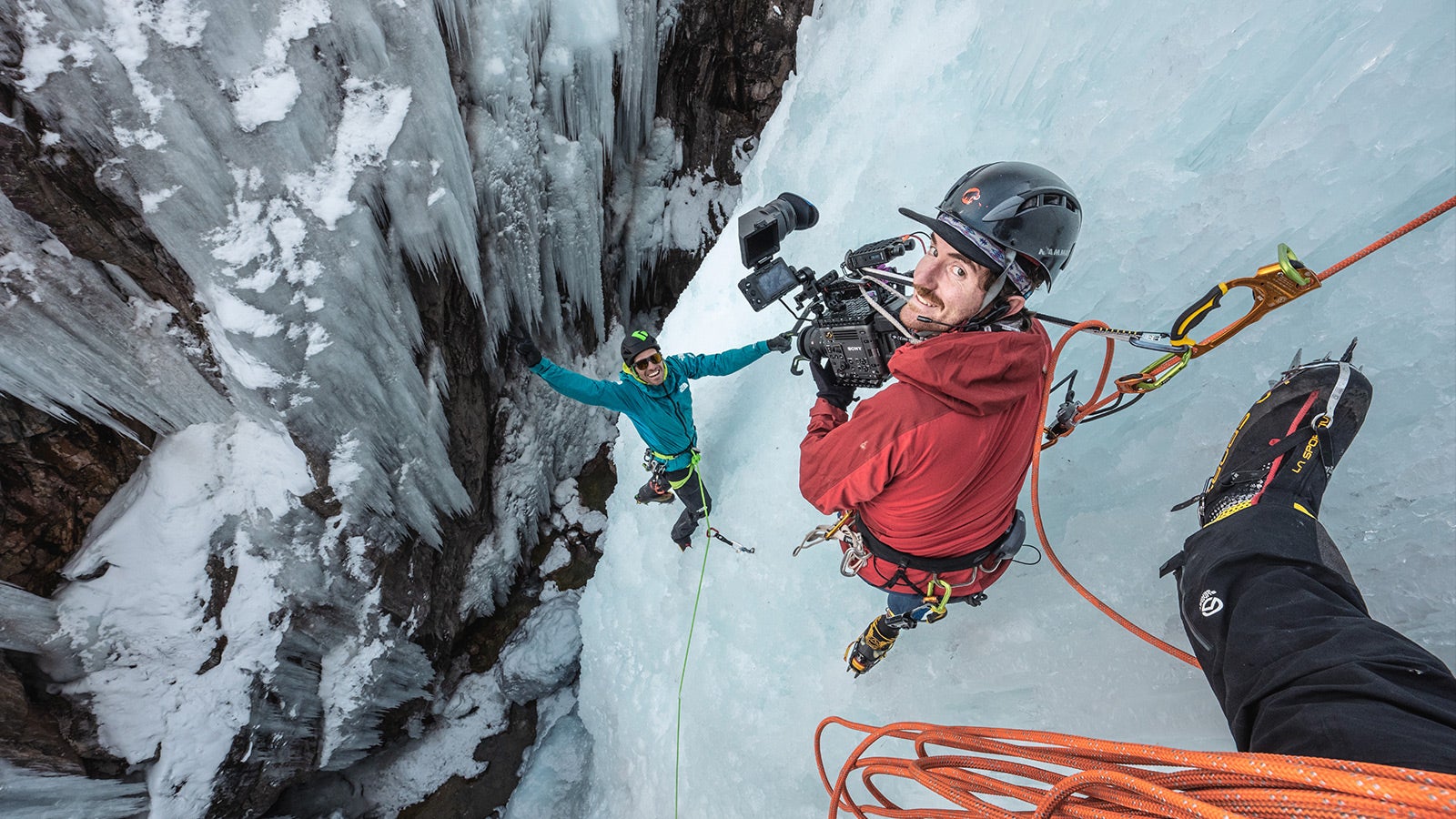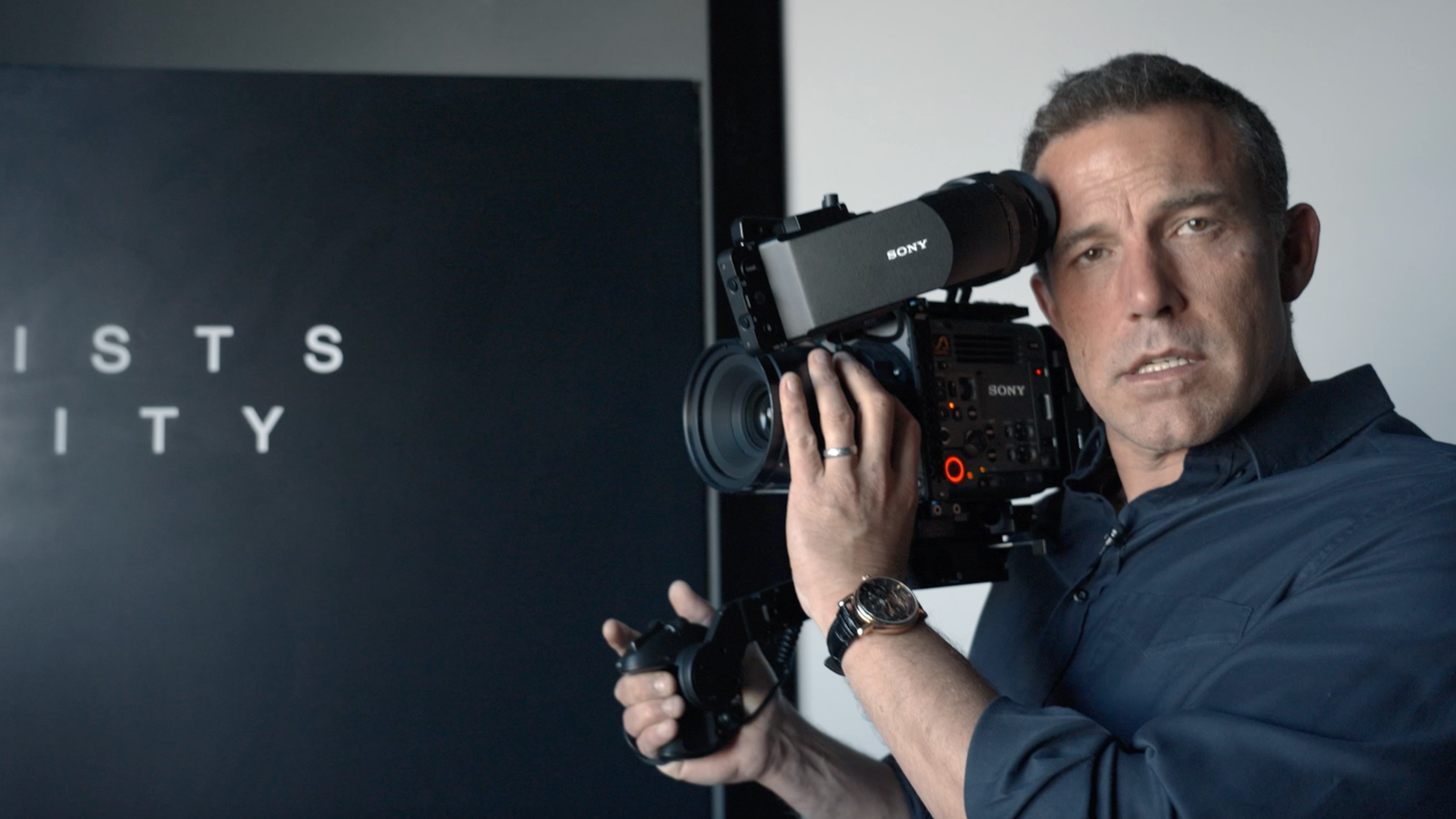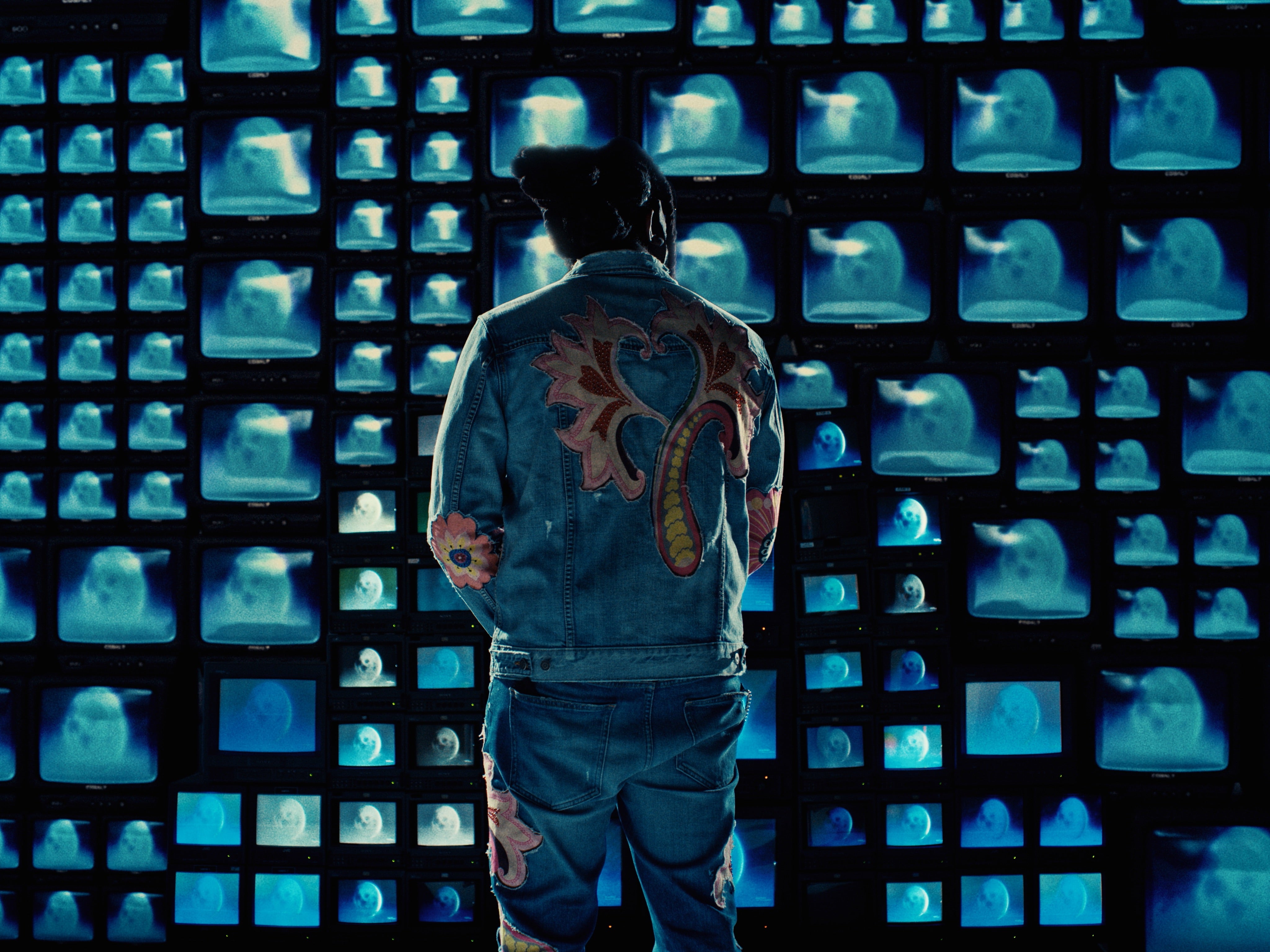
11-15-2024 - Filmmaker Interviews
Commercial DP Jake Baine Reveals How the BURANO Allows Him to Meet the Challenges of the New Advertising World
By: Yaroslav Altunin
As the internet, social media platforms, and streaming services have exploded over the last decade, the concept of advertising and commercials has changed. However, brands still need to sell the goods, and consumers still want to buy the products. For creatives who find themselves in this new Mad Men world, the ability to meet a quick turnaround and work around a budget is what makes you stand out.
And DP Jake Baine is a young creative who has been standing out.
Having just completed a spot for TYR Athletic Shoes and for Rapper, Wale's, upcoming North American tour, the cinematographer has thrived under tight deadlines and budgets.
We sat down with Baine to discover how he keeps pace with the new commercial world and why he chose the BURANO as his main camera. What we found is a creative who trusts his tools and always looks for a challenge.
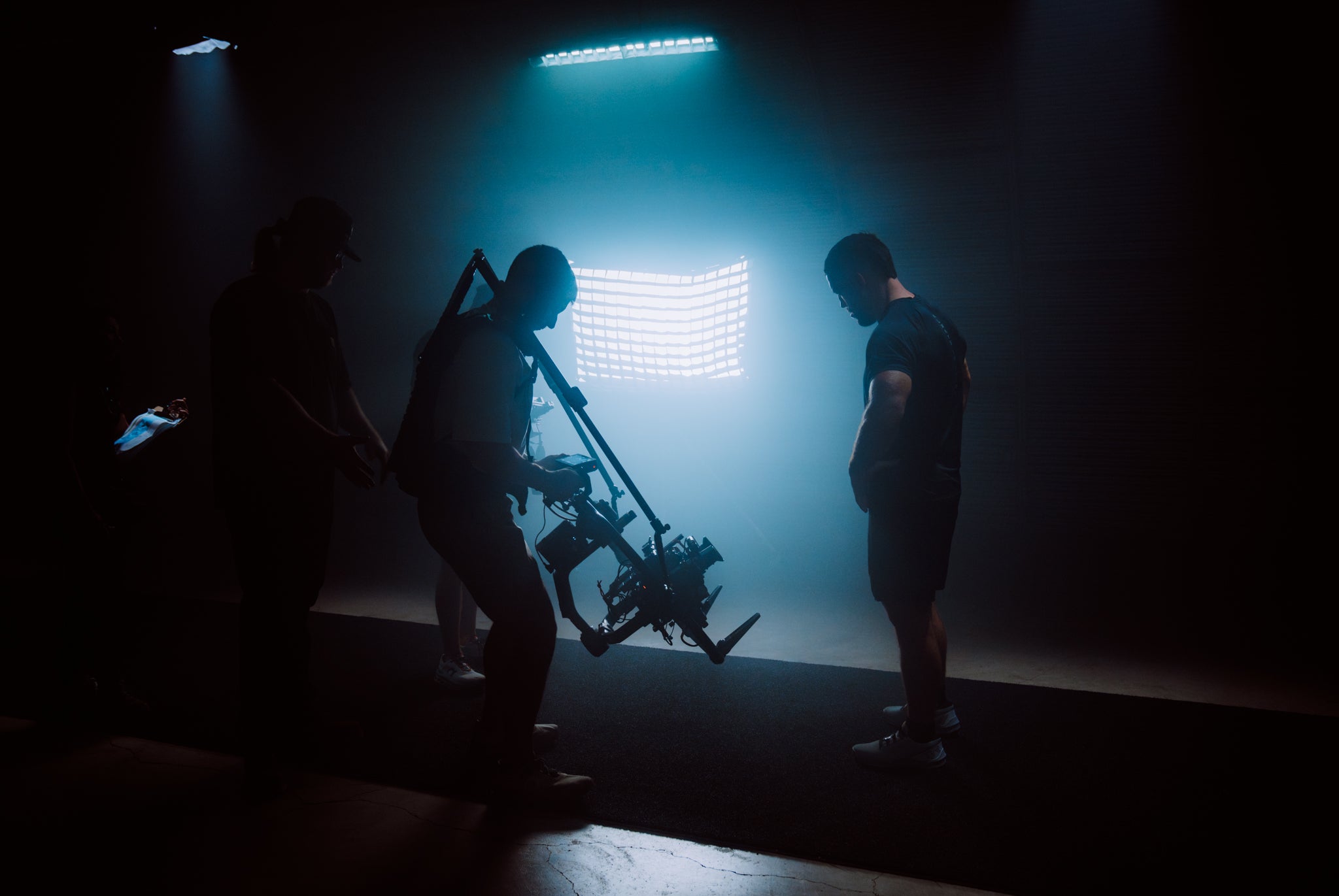
Jake Baine On Advertising
The world of advertising is shrinking. As it tries to find new ways to thrive in the age of the internet, it's chiseled out a foundation that has roots in the indie world.
It has to be fast, cheap, and look expensive.
"I would say everything's shrinking," Baine said. "I think a lot of brands are like, 'It's for YouTube or Instagram, let's put 1/8th of the budget towards it and expect the same quality.'"
"So, everything is moving way faster, and they want way more with much less."
Baine was a creative who discovered video and film through live events. After spending three years touring with artists, he returned to school to finish his degree. There, advertising came calling.
"I came up through live event," Baine said. "So that's how I cut my teeth. I was on tour with artists and DJs doing their photo and video.
"I wanted to work with other people that were also passionate about film, and the reason why that connected immediately to commercial work is because…advertising is actually really cool," Baine explained. "Getting a degree in advertising and seeing how much creativity can go into a commercial is what drove me to get into that.”
“Advertising…made me realize I enjoy the commercial space (as a DP) in terms of the creative potential and unique challenges.”
Baine spent the next few years working within the Sony ecosystem. From commercials, spec ads, and live musical events, the cinematographer shot on everything from a Sony a6000 to an A7SII, FS5, and then the FX3 and FX6.
But most recently, he expanded his toolkit with the Sony BURANO.
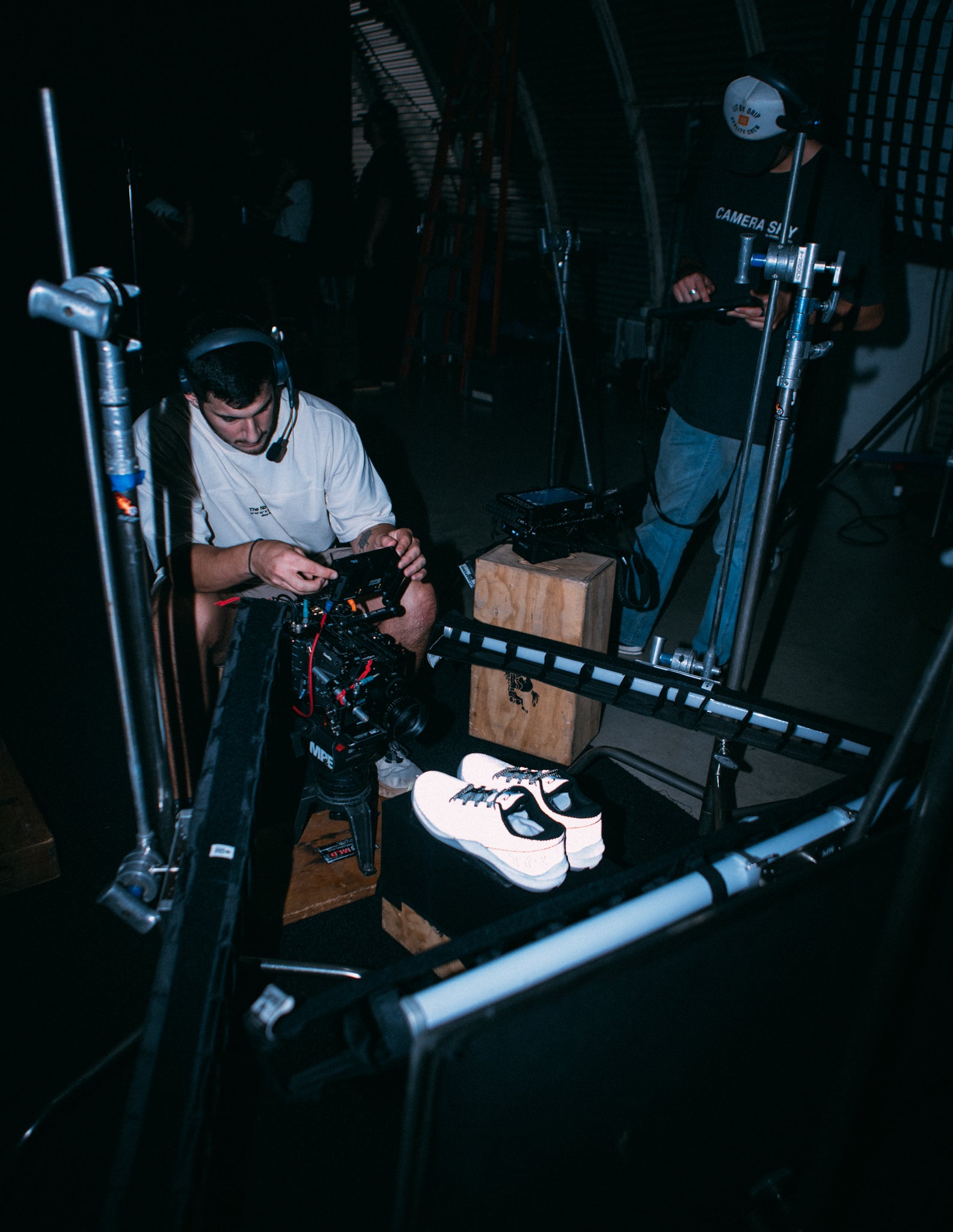
Choosing Sony BURANO: Quick Turnarounds
The last two projects that Baine shot, one for the TYR Athletic Shoes and one for Wale, were captured on the BURANO. Both projects brought on the cinematographer late in the process and had quick turnarounds for the deliverables. But with new tools came the ability to overcome new challenges.
"Just recently, a campaign I shot with the BURANO was for the shoe brand TYR…(where) they dropped their new CrossFit shoe," Baine shared. "And they're like, 'we want to shoot a campaign with 11 athletes in one location, and we need it shot and edited and turned around and delivered within 12 hours.'"
Baine only had seven days of prep, 10 minutes with each athlete, and a lighting scenario that would make a seasoned director feel anxious.
"We were in such a dark corridor," Baine explained. "And the way we were lighting, a lot of lights that were snooted off, and it was a very dark kind of creative, visually.
"One might start to worry about 'Am I going to have enough light to expose for this?'"
"What I ended up doing on the BURANO was actually shooting at the second base, 3200," Baine continued. "Going into it, there were conversations with my gaffer and the director, like, 'Man, is this going to be too dark?'"
"And I would be like, 'if it is, it doesn't matter because we can bump up to the second base,' and it's still extremely clean."
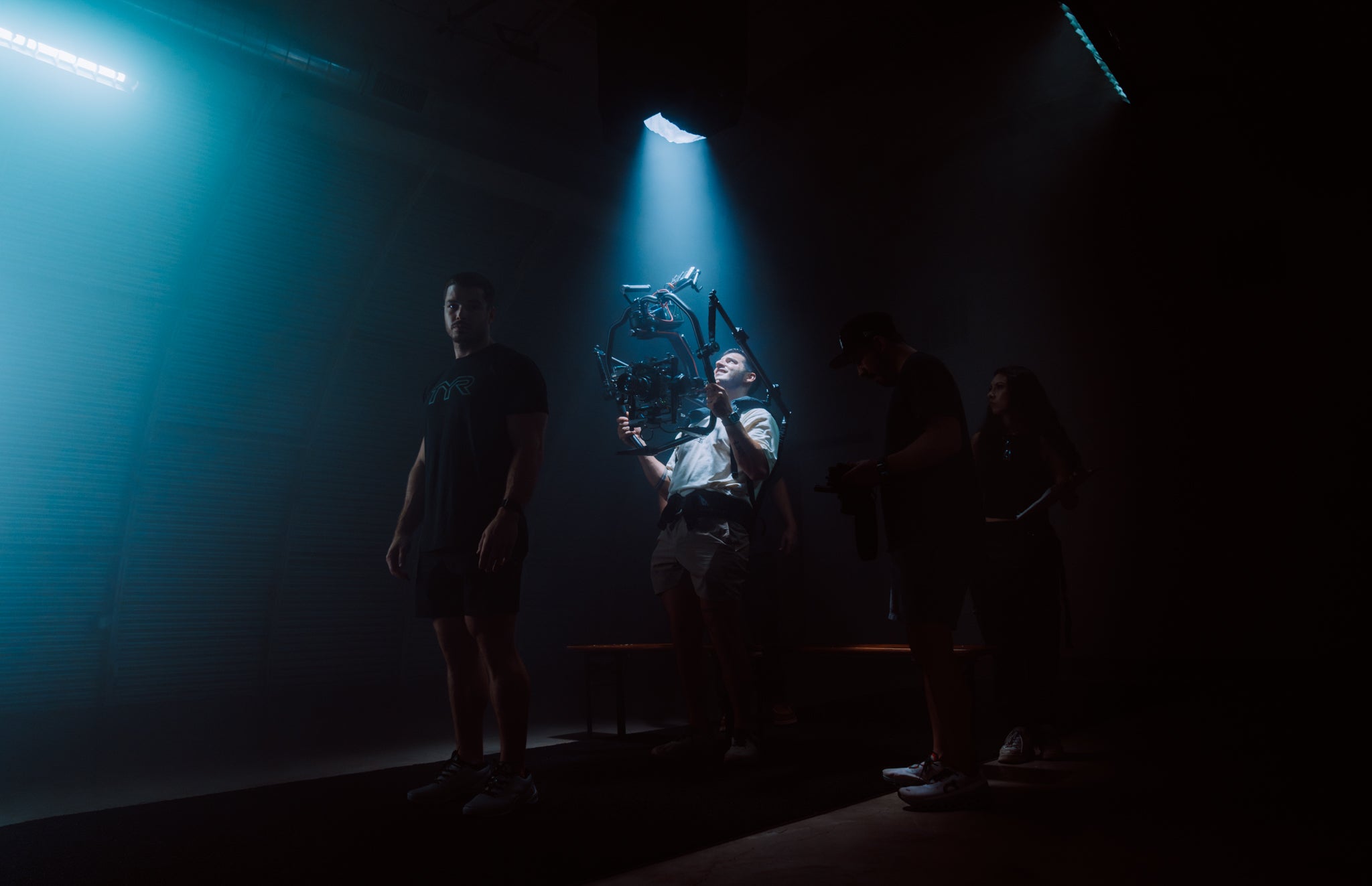
The addition of the internal variable ND filter allowed Baine to make minute adjustments to his lighting needs. "I don't have to be stuck (between) two stops, four stops, or six stops. We can be in between," Baine said.
"The BURANO was definitely more of a conversation on the TYR spot because of the versatility of the tool, the dual base ISO, and the electronically variable ND, and knowing that in a darker lit scenario, it would have us covered."
On the second project, for rapper Wale, the turnaround was just as intense, even though the creative was much simpler. And while Baine had the option to use a Sony VENICE, he chose the BURANO instead.
"For Wale, I just knew the BURANO would have me covered."
When Baine was brought onto the project, he was only given 10 to 12 days for pre-production. During this time, the cinematographer used pre-vis software to virtually build a white cyclorama, which would be the main backdrop for the video. Here, he quickly iterated shot ideas within the digital space and shared them with the director.
"When developing the look, the only thing I did was rate the camera at 4400 Kelvin and light it at 5600," Baine shared. "So, we had a cooler tone, but the skin tones were still natural."
"Everything else just came together on the day," Baine said. "We shot at 8K (since) we knew there was going to be VFX involved."
"Those shots were definitely set in stone before I got on…and shooting in 8K, I was confident," Baine continued. "There's going to be roto work involved, and I feel like the guys are really going to enjoy having 8K…this isn't going to be a muddy key for them; this isn't going to be a muddy roto."

Sony BURANO: The Right Tool for The Job
As Baine shared with me his creative ambitions, such as shooting a music video for the band Jungle or "making a truly gritty western," I began to uncover why he chose the tools he did. For his line of work—commercials, branded content, and live events—the need for versatility outweighs anything else.
"Whenever the BURANO dropped, I was in the market for a long-term camera," Baine shared. "The specs of the BURANO, the 8K, the internal NDs, the IBIS, it just covered all of the bases of any type of work I could be doing.
"Occasionally, I'll take event work… and that's where the autofocus and the IBIS would play in. Or maybe I'm taking commercial work where I have one AC and a gaffer. And that's all I have."
"It's a more robust tool for me."
But what does a more robust tool mean? Why not get the best tool for the job? In the commercial world, budgets aren't what they used to be. Getting the same quality for less means being more creative.
"For example, let's say the BURANO didn't exist, and all we had was the VENICE. That was the jump. You had the FX9 and then the VENICE," Baine said. "The VENICE isn't always the right tool for a lot of these quick jobs that I would end up getting in the commercial space, and they might require more support than the budget that I have."
"I wouldn't want to run a VENICE without a 1st AC. Maybe there's a project where I don't have a 1st AC. I also need more robust camera support for the VENICE. I wouldn't want to throw it on some of the camera support that I might have access to."

The work that Baine focuses on demands versatility, not only from the creative but also from the toolkit he brings to set.
"The Burano is something that allows me to give it to my AC, who's a union local 600 guy who works with crazy cameras and (say), 'build this out the way you would,' and he can," Baine explained. "Or if I'm on something where it's just me and…a camera PA, I can totally tackle the BURANO, and it's not something where I wish I had someone else.
"It can play to both sides," Baine added. "(For) the solo shooter, and it also can be built out to work on a larger project where we have an actual camera team."
"That is where the BURANO shines."
"It allows me to not worry so much about if the tool is going to be up for the challenge," Baine said. "It rolls with the punches more."

